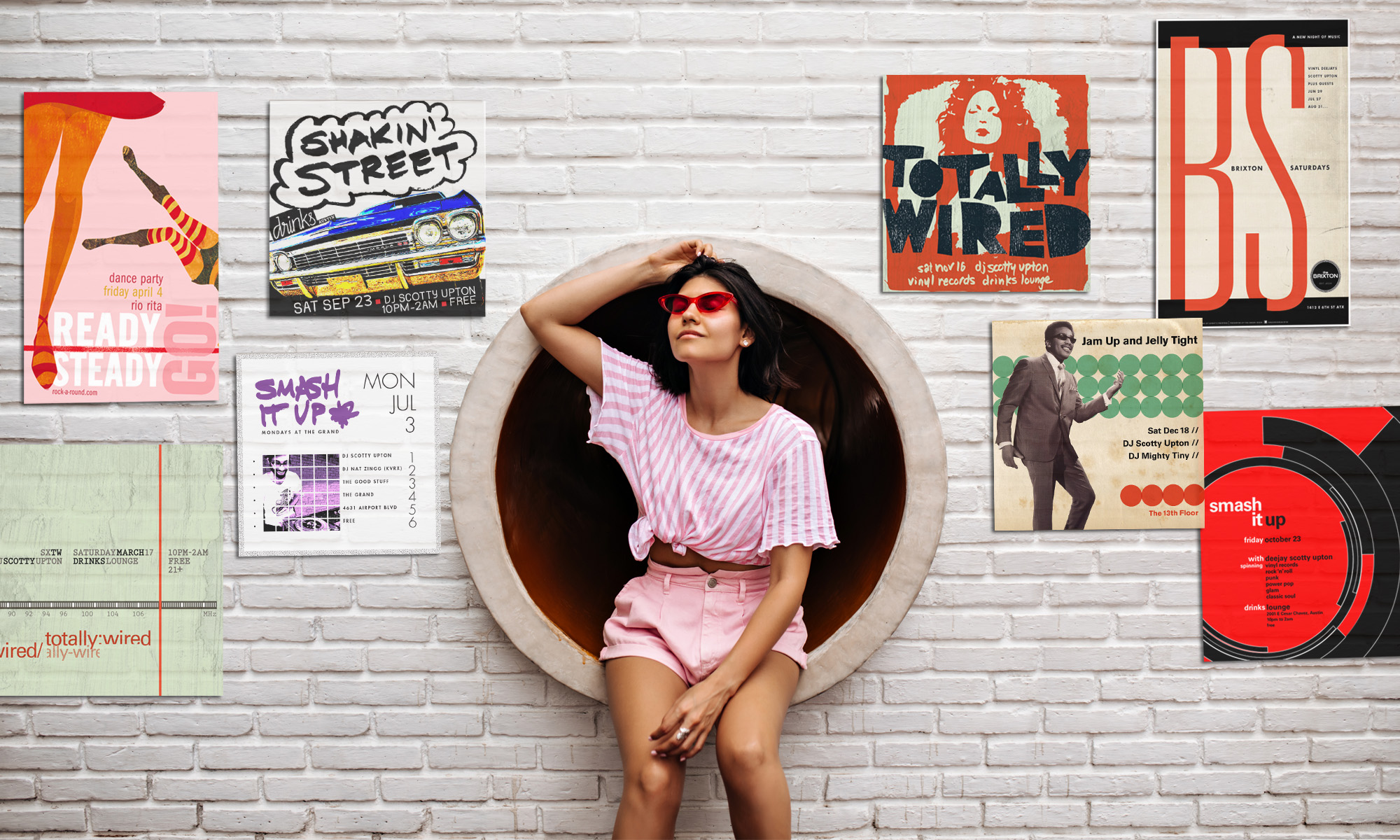The notion of flat, “digitally authentic” design has lately been a popular topic of conversation and controversy, especially with the software design efforts of Apple, Microsoft, and their respective flagship operating systems. Subtle colors, light typography and the other commonalities of modern flat design are components of the design trends many are coming to love (or hate).

While many specifics of the constituent theories that form the concept of flat, digitally authentic design, this design form has evolved as a move away from skeuomorphic, metaphorical design.
Skeuomorphism is the term one applies to a trend where elements of a graphical user interface mimic a physical object. For example, a skeuomorphic note-taking app may resemble a lined yellow legal pad. Skeuomorphism exists in many different industries but in the context of web and software design, designers know skeuomorphism primarily as the technique of using metaphors to induce familiarity.
Many examples of flat design exist. In this post the efforts of Microsoft and Apple wll be examined, due to their collective wide reach. Also, each of these companies are likely candidates to establish significant style guidelines that designers can investigate in order to emulate their interpretation of flat design.
Microsoft
Microsoft opted for one of the most radical and controversial redesigns of recent times with Windows 8. Its creation of the design language formerly known as Metro (now known as the Microsoft Design Language, but with the former term often colloquially applied) was first seen in widespread use with Windows Phone (and also in Zune, the platform’s inaugural design). It was Windows 8’s 2012 release that shined a light on the flat design trend.
Windows 8’s start screen breaks away from its former desktop design, being composed of flat, colorful live tiles, instead of icons. The tiles are not merely a stylistic choice: They allow useful information to be displayed on the start screen in the manner of a dashboard.
Apple
While Microsoft and others were making major changes to their design languages, Apple stuck by its skeuomorphic principles through multiple generations of its operating system. That changed with the announcement of iOS 7, taking a drastically different step in the design of the OS. Icons are flatter, typography is lighter and the metaphors are out.

This is particularly evident with iOS when you compare the current iteration of, say, the calculator app to its iOS 7 counterpart. That particular app has jumped from trying to resemble a physical device with buttons signified by gradient backgrounds to a completely flat design independent of any unnecessary metaphors.
The flat interface style is more than a trend. It is the manifestation of a desire for greater authenticity in design, a desire to curb visual excess and eliminate the fake and the superfluous.
This article excerpted courtesy Connor Turnbull, tutsplus







